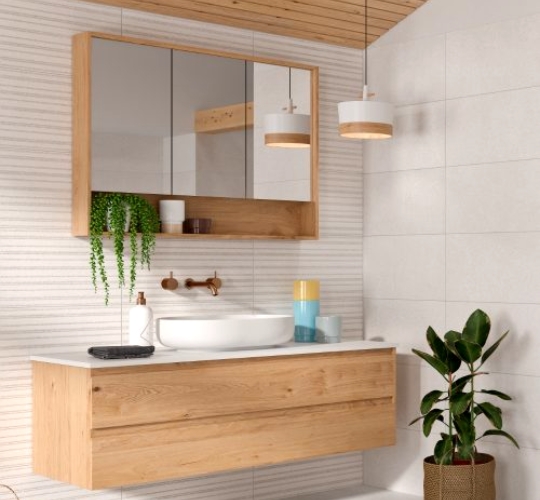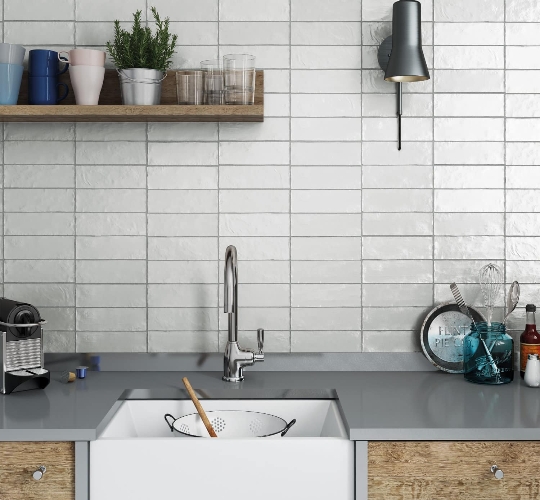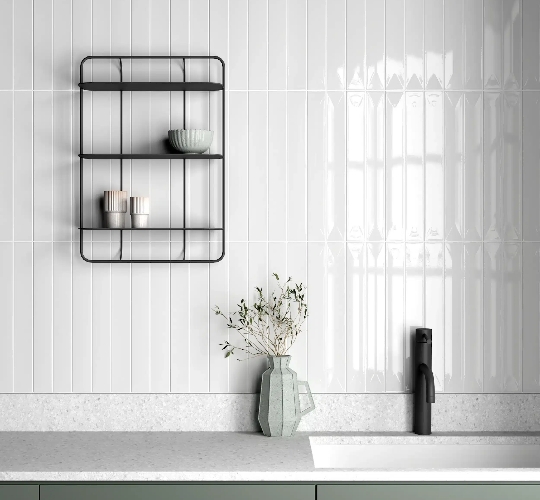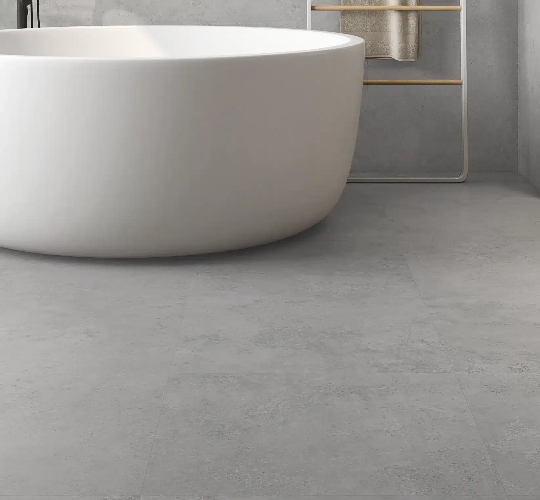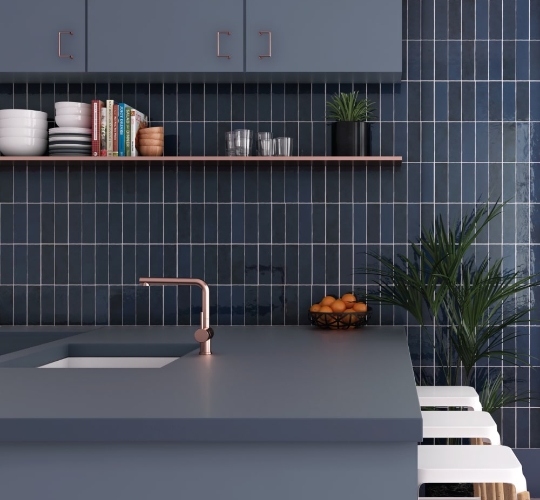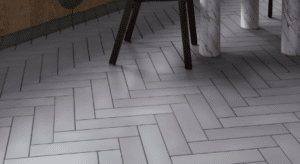Tiling Your Wet Room
Turning your regular bathroom into a wet room can transform it into something contemporary and stylish. They are becoming increasingly popular and can be more often seen in ordinary homes, thanks to advances in tiling tech. While creating and tiling a wet room may seem like a daunting process, it isn’t actually that difficult thanks to the services and products readily available to help. Some of the common questions we get asked are: What tiles do I need to use in a wet room? How do I look after them? Luckily, Tile & Stone Gallery has prepared this blog to help guide you through it, and you’ll be able to have your dream wet room.
What Tiles Should I Use?
The tiles you choose are the best place to let your personality shine through when it comes to your wet room. They’re also one of the most important parts of ensuring your wet room stays (as you expect) watertight.
Generally, when selecting tiles for your wet room showering area, you want ones that are durable, slip resistant and prevent water ingress. It’s best to use smaller tiles around the shower drain because a) they’re usually easier to cut and b) this will allow the tiler to accurately cut a nice sloping finish around the shower drain (this allows the water to drain away). If you prefer a large time then simply opt for the linear drain system that can go towards the back of the shower making sloping larger tiles a lot easier. That’s why mosaics are a fan favourite for wet rooms. They look stunning, can be easily cut, and add an extra level of slip resistance (thanks to the grout lines which helps the water disperse).
When it comes to tiling the rest of the room, we would suggest using porcelain tiles thanks to their durability. However, if porcelain tiles are out of your budget, you can opt for any other complimentary tile – ceramic and natural stone included. Ceramic tiles, like porcelain, are water resistant; it’s important to remember that natural stone tiles require sealing in order for them to become water resistant and consequently, suitable for use.
If you’re interested, we have a wide range of porcelain and ceramic tiles that would be suitable for your wet room which can be viewed online.
See our range of tiles.What Prep Do I Need To Do?
Like we mentioned before, you’ll need to cut some of your tiles to be a suitable fit especially around the shower tray (and depending on the size of the room). Thankfully, no other treatment needs to be made to porcelain or ceramic tiles. However, if you’re using natural stone tiles, you should use an experienced tiler so that he can ensure that they’re water resistant and well prepared for use.
While tiles are great for keeping your wet room watertight, there are many other things you can do to stop water from entering the area. Firstly, we recommend using a tanking solution, notably a product such as the BAL tank it. Waterproofing kits offer full protection to the tiling area and will assist in fully sealing the area before commencing with the tiling process. Alternatively, you can use a waterproof backer board like Marmox which is completely impermeable to water.
Secondly, it’s important to use the correct adhesive and grout. A flexible, suitable grout like BAL Micromax 2 will offer your wet room the best protection over time as it contains Microban which is an agent to assist in avoiding mould. There are many different types of adhesive and grout to choose from to ensure that your wet room continues to look good as well as safe and our expert team would be more than happy to advise you based on your project and what materials are involved.
What About Maintaining The Wet Room?
This may seem obvious, but you’re going to need to maintain your wet room with the same care that any wet, hygienic environment needs. We suggest using a lithofin cleaning product such as ceramic clean, or easy care, to keep your tiles looking as good as new, and using lithofin grout cleaner should your grout discolour over time. Your Natural Stone tiles may require re-sealing after a period of time, to enable them to remain water resistant. Please consult your local showroom for further information.
If you’re still unsure or have questions, just ask us! Visit one of our showrooms and talk to our staff who will be happy to help, give you advice, and point you in the right direction of what products and services you need!
Return To Inspiration

